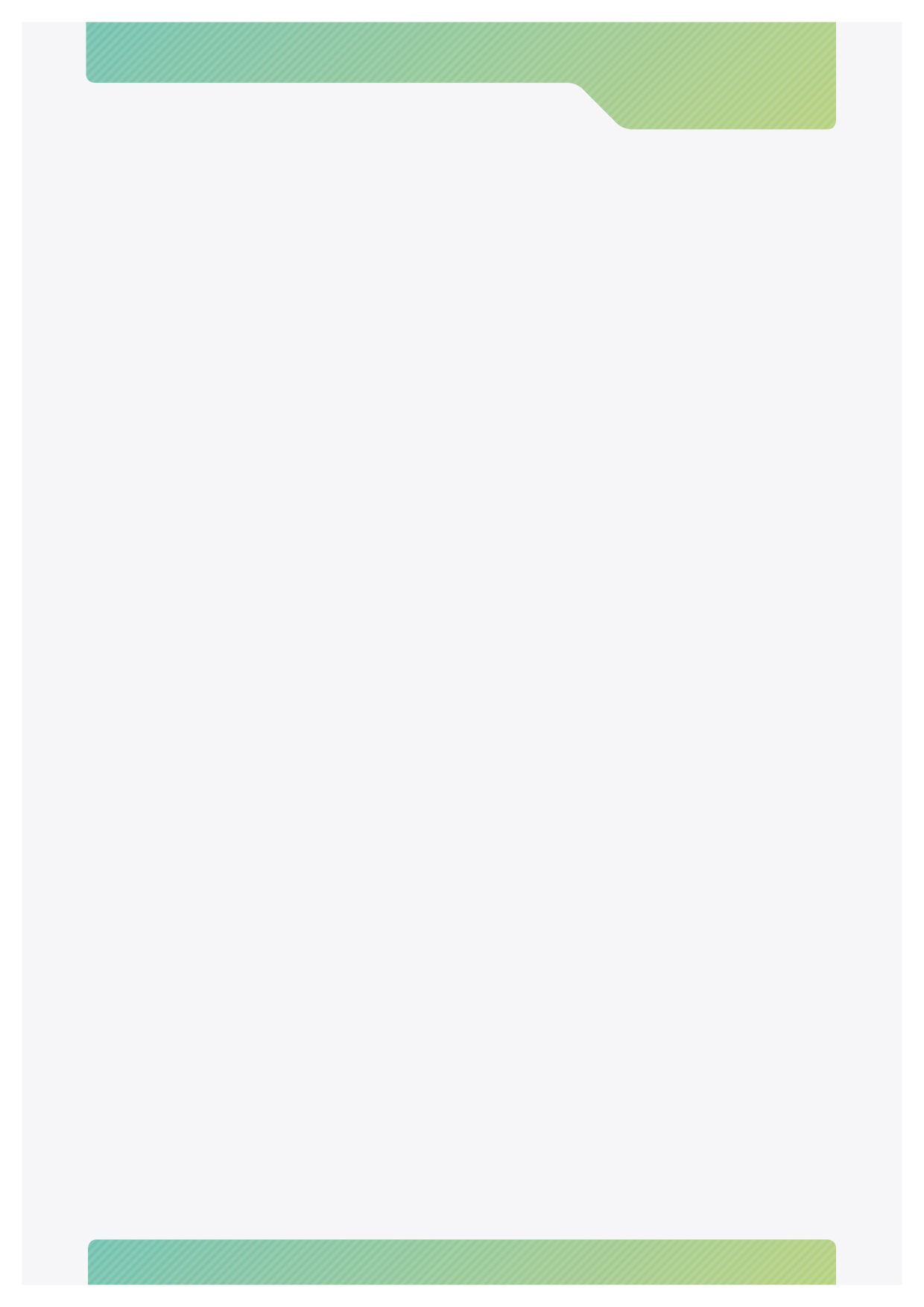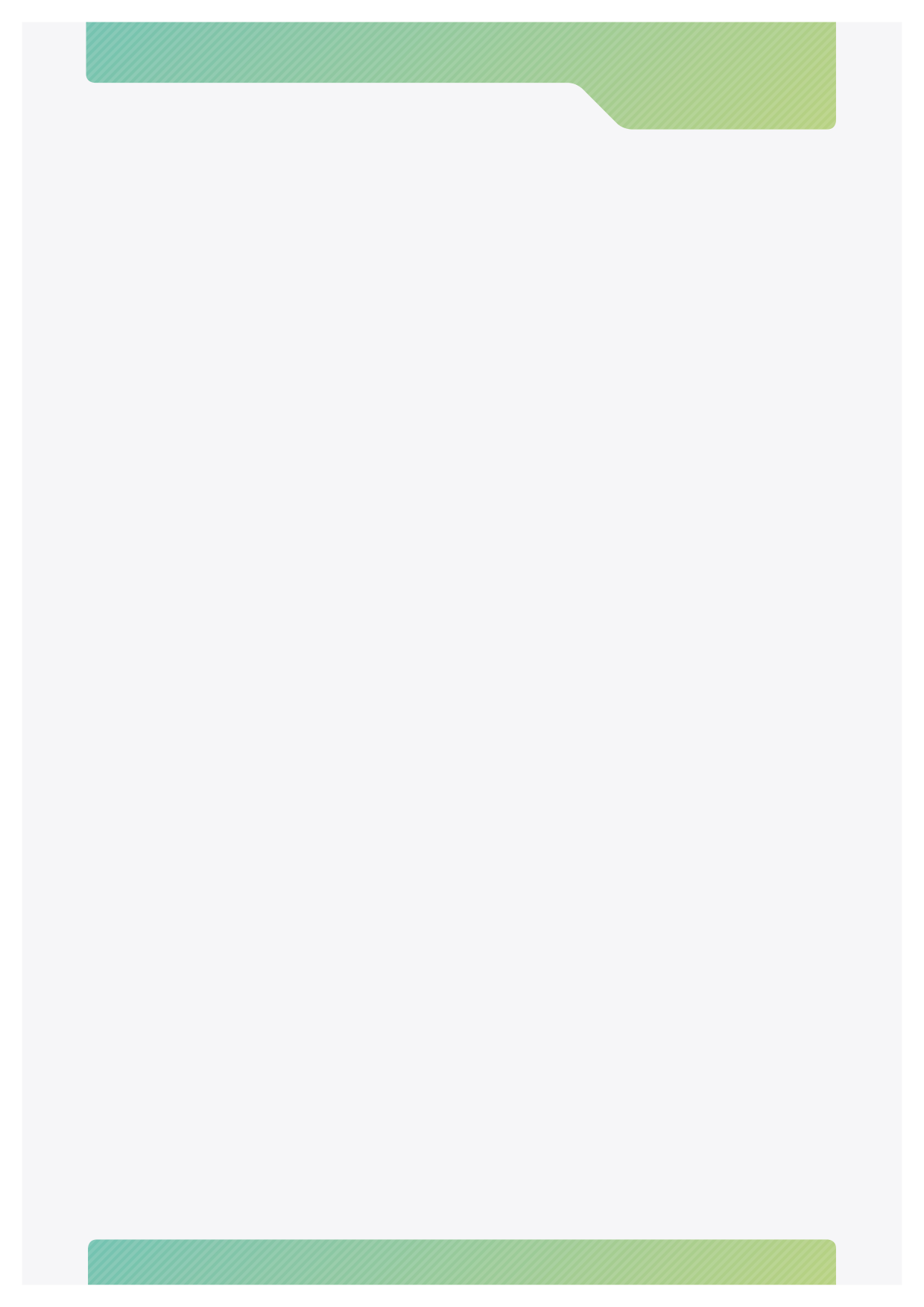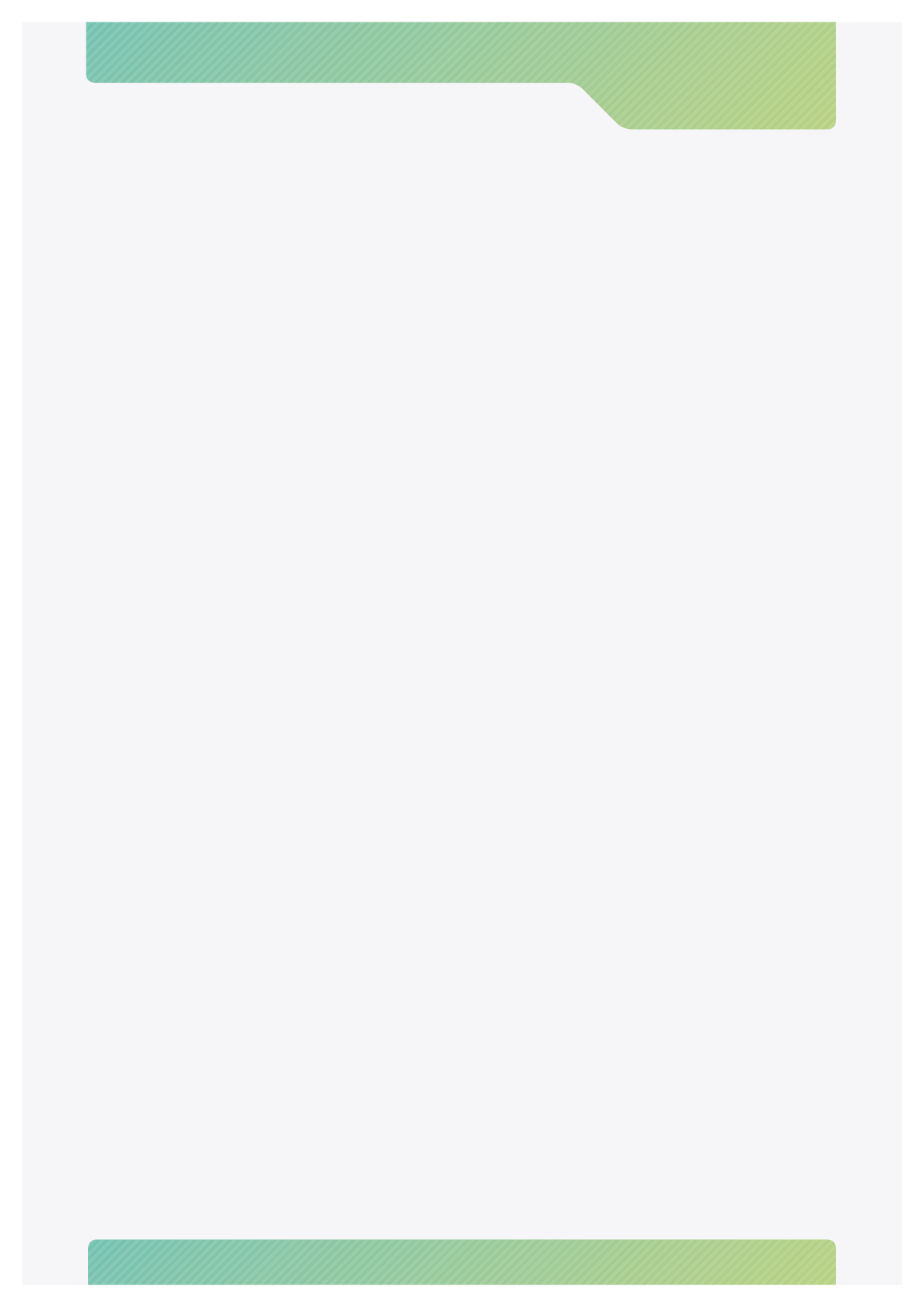
 DFAT THEMATIC REPORT ON SECURITY
DFAT THEMATIC REPORT ON SECURITY
CONDITIONS IN AFGHANISTAN:
1 JANUARY - 31 AUGUST 2016
5 September 2016

PURPOSE AND SCOPE
1.1
This Thematic Report has been prepared by the Department of Foreign Affairs and Trade
(DFAT) for protection status determination purposes only. It provides an assessment of security
conditions in Afghanistan in the period 1 January to 31 August 2016. The report provides DFAT’s
best judgment and assessment at time of writing and is distinct from Australian Government policy
with respect to Afghanistan.
1.2
The report provides a general, rather than an exhaustive country overview. It has been
prepared with regard to the current caseload for decision makers in Australia without reference to
individual applications for protection visas. The report does not contain policy guidance for
decision makers.
1.3
Ministerial Direction Number 56 of 21 June 2013 under s 499 of the
Migration Act 1958
states that:
Where the Department of Foreign Affairs and Trade has prepared a country information
assessment expressly for protection status determination processes, and that assessment is
available to the decision maker, the decision maker must take into account that assessment,
where relevant, in making their decision. The decision maker is not precluded from
considering other relevant information about the country.
1.4
This report draws extensively on information provided in the 25 July 2016 United Nations
Assistance Mission in Afghanistan (UNAMA) report, ‘Afghanistan mid-year report on protection of
civilians in armed conflict: 2016’, which DFAT finds to be highly credible. DFAT notes in
particular the extensive efforts made by UNAMA to verify security incidents through corroboration
with multiple sources of information.
1.5
This report is also based on DFAT’s on-the-ground knowledge and discussions with a range
of sources. It takes into account relevant and credible open source reports, including from agencies
such as the World Bank, the US State Department and the UK Foreign and Commonwealth Office;
relevant UN agencies, including the Office of the United Nations High Commissioner for Refugees,
the United Nations Office on Drugs and Crime, the United Nations Children’s Fund, the United
Nations Economic, Scientific and Cultural Organisation, and the United Nations Development
Programme; recognised human rights organisations such as Human Rights Watch and Amnesty
International; and reputable news organisations. Where DFAT does not refer to a specific source of
a report or allegation, this may be to protect the source.
i

ASSESSMENT: DFAT assesses that security conditions in Afghanistan continued to decline
nationwide in the first eight months of 2016. Civilian casualties as a result of ground engagements
between pro-government forces and anti-government elements increased, with fighting occurring in
and around several major provincial population centres. High-profile suicide and complex attacks1
continued, particularly in Kabul, with most attacks carried out by the Taliban against targets linked
to the Afghanistan government or international security forces. A major attack on 23 July against a
peaceful demonstration of Hazara Shia by a local insurgent group which has pledged allegiance to
Islamic State in Iraq and the Levant (ISIL) may represent a worrying introduction of a sectarian
dimension to the ongoing conflict in Afghanistan. However, it is too early to say whether this attack
was an isolated incident, or if it represents a change in modus operandi of insurgents by introducing
a sectarian dimension to attacks.
Conflict-related abductions of civilians continued to occur. Most kidnappings targeted those
believed to have connections to the government or security forces, or were carried out for financial
gain. Groups of particular concern to-date in 2016 included health care personnel, judicial
authorities, representatives of humanitarian de-mining organisations, journalists, and women and
girls.
Security trends
2.1
Afghanistan’s decline in security during 2015 showed no evidence of reversal during the
first half of 2016, and civilians continued to suffer unprecedented harm during this period. Between
January-June 2016, the United Nations Assistance Mission in Afghanistan (UNAMA) documented
1,601 civilian deaths and 3,565 injured civilians. This represents an increase of four per cent in the
total number of casualties compared to the first six months of 2015, and is the highest half-year total
since 2009. The casualties included 1,509 children (388 dead and 1,121 injured); and 507 women
(130 killed and 377 injured). UNAMA noted that these figures are conservative and almost
certainly underestimate the true numbers.
2.2
UNAMA reported that anti-government elements, particularly the Taliban, were responsible
for the majority (60 per cent) of civilian casualties. The Taliban specifically targeted civilian groups
such as human rights defenders, journalists, lawyers and judges, aid workers and civil servants, and
used indiscriminate tactics, including carrying out devastating attacks in civilian areas. The Taliban
also continued attempts to control territory and engage in various efforts to provide law and order,
education and other services in those territories.
2.3
Ground engagements between pro-government forces and anti-government elements caused
the highest number of civilian casualties in the first half of 2016. Fighting in and around population
centres in Uruzgan, Helmand, Baghlan, and Kunduz provinces caused extreme harm to civilian
communities.
2.4
Civilian casualties caused by improvised explosive devices (IEDS) decreased by
21 per cent in the first half of 2016. The reason for the decrease is unclear, but it may be attributable
to a possible reduction in the number of IEDs emplaced by anti-government elements and/or a shift
1 Defined as an attack conducted by multiple hostile elements employing at least two distinct classes of weapon systems against multiple targets.
ii

in tactical focus, and the increasing ability of Afghan security forces to detect and disarm IEDs.
Civilian casualties from targeted and deliberate killings also declined significantly during the first
half of 2016.
Suicide and complex attacks in Kabul
2.5
Suicide and complex attacks carried out by anti-government elements, primarily the Taliban,
were the second leading cause of civilian casualties by mid-2016 (precluding the 23 July attack on
Hazara protesters in Kabul). Nearly two-thirds of casualties from such attacks took place in Kabul.
Consistent with historical trends, militant attacks were concentrated in the western, central and
eastern sections of the city where the international presence is most visible and where key highways
link the city to the international airport and outlying provinces. The attacks targeted journalists,
judicial workers, government employees, police, and Afghan and international security force
personnel, and also caused extensive civilian casualties.
2.6
Major security incidents in Kabul in the period January-August 2016 included:
- Between 1-4 January, the Taliban claimed responsibility for three separate suicide vehicle-
borne attacks across Kabul, which killed five civilians and injured at least 56, and caused
extensive damage to private homes and shops.
- On 20 January, the Taliban claimed responsibility for a suicide attack in central Kabul
against a minibus transporting staff of the Tolo media organisation from work to their
homes. The attack killed eight civilians and injured up to 30 others, including women and
children.
- On 1 February, a Taliban suicide bombing killed at least 20 people and injured 29 others in
an attack outside a police station in western Kabul.
- On 27 February, a Taliban suicide bombing near the Defence Ministry in central Kabul
killed at least 12 people and injured 50 others.
- On 19 April, a truck bomb attack on an intelligence training compound in central Kabul near
key government ministries killed 64 people and wounded 347 others.
- On 25 May, a Taliban suicide attack in western Kabul killed 11 employees of a provincial
appeals court and injured ten others, including six children.
- On 5 June, an Afghan member of parliament was killed and at least 11 people injured by a
bomb planted near his residence.
- On 20 June, a suicide attack on a minibus in eastern Kabul killed 14 Nepalese security
guards employed at the Canadian Embassy. Responsibility for the attack was claimed by
both the Taliban and a local insurgent group, Islamic State in the Khorasan Province (ISKP),
which has pledged allegiance to ISIL.
3

- On 30 June, two Taliban suicide bombers killed at least 30 people and injured 50 others in
western Kabul. The overwhelming majority of the dead were police cadets returning from a
graduation ceremony.
- On 23 July, two explosions occurred in Kabul targeting a peaceful demonstration of
Hazaras, killing up to 80 people and wounding at least 230 others. The attack was the single
most deadly incident in Kabul since the fall of the Taliban in 2001, and the largest single
attack on Hazaras since an attack on an Ashura Day procession in Kabul in 2011. The
Taliban was quick to deny any involvement and to condemn the attack.
- On 24 August, a complex attack by multiple assailants occurred at the American University
in Kabul, killing up to 16 people and injuring 53. At the date of publication, no group had
claimed responsibility for the attack.
2.7
Unlike most previous major attacks in Kabul, the 23 July attack was clearly targeted at
civilian Afghans. ISKP claimed responsibility, identifying the intended targets as ‘Shia’ (of which
most Hazara are adherents). The attack was by far the largest attack carried out in Afghanistan by a
group linked to ISIL, and the first attack in Kabul (excluding the 20 June attack, which was also
claimed by the Taliban).
2.8
DFAT and other commentators have previously assessed that:
-
no particular group was systematically targeted in Afghanistan solely on the basis of
ethnicity or religion, including Hazaras/ Shias;
-
insurgent attacks were possible, including in Kabul;
-
there were credible reports of the presence of ISIL in Afghanistan, but its capacity to carry
out attacks was limited compared to other insurgent groups.
2.9
It is too early to say if the 23 July attack was an isolated incident, or if it represents a change
in modus operandi of insurgents by introducing a sectarian dimension to attacks; or if it heralds the
beginning of a targeted and sustained campaign in Afghanistan by groups pledging allegiance to
ISIL.
Conflict-related abduction
2.10
In the first half of 2016, UNAMA documented 195 incidents of conflict-related abduction,
involving 1,141 people and resulting in 46 deaths. Eastern Afghanistan (particularly Kunar and
Nangahar provinces) suffered the highest number of incidents, followed by western Afghanistan
(particularly Farah and Herat provinces). According to UNAMA, civilians were frequently
kidnapped based on suspicions that they had connections to the government or security forces.
Civilians were also kidnapped for financial gain, with release dependent on a ransom payment.
2.11
Of particular concern were two mass abductions of vehicle passengers by the Taliban in
Kunduz and Kandahar provinces in May and June.
- On 30 May, Taliban personnel in Kunduz stopped three civilian buses transporting
passengers from Kabul to Takhar and Badhakshan provinces, and forced 185 passengers to
4

disembark. Many passengers were mistreated while the assailants sought to identify those
with connections to the government or security forces. The Taliban subsequently executed
12 serving Afghan security forces members, while eight others remaining in Taliban
captivity were later killed in an airstrike.
- On 21 June, Taliban personnel in Helmand stopped at least three vehicles carrying
passengers from Kandahar to Herat and abducted at least 45 passengers, interrogating them
for links to the government or security forces. All passengers were released within 24 hours.
2.12
UNAMA documented one case of abduction of Hazaras in Wardak province and two
incidents in Sari Pul province, involving 36 Hazaras in total. The most serious incident occurred on
1 June, when 22 Hazara civilians were abducted from two civilian vehicles in a Taliban controlled
area of Sari Pul province. All of those abducted were released by 17 June. This abduction was
reportedly not motivated by sectarian or ethnic concerns. Sources reported that the abductors
intended to put pressure on the provincial government to release an imprisoned Taliban commander.
2.13 UNAMA did not highlight the Hazarajat (the traditional Hazara area in Afghanistan, lying in
the central highlands and including the provinces of Bamyan, Daykundi, and parts of the provinces
of Ghor, Uruzgan, Wardak and Ghazni) as being an area of particular concern in relation to
conflict-related abductions in the first half of 2016.
Specific groups of concern
2.14
In the first half of 2016, UNAMA reported that conflict-related incidents targeting health
care personnel
and facilities increased by 45 per cent compared to the same period in 2015 (64
incidents resulting in five civilian deaths and six injured). Over half of the incidents comprised
incidents of threat and intimidation, along with incidents of theft of medical equipment, intentional
damage to health facilities, and illegal searches of medical facilities. Fourteen incidents of
abduction, involving 27 civilian healthcare personnel, resulted in four deaths and one injured.
2.15
In the first half of 2016, UNAMA documented 23 incidents targeting judges, prosecutors,
and judicial staff, resulting in 36 deaths and 68 injuries. While this represented a decrease of
42 per cent compared to the same period in 2015, Taliban attacks against judicial authorities
significantly increased following the Government’s execution on 8 May of six Taliban prisoners.
The Taliban has explicitly referred to executions when claiming responsibility for attacks carried
out since they occurred.
2.16
In the first half of 2016, UNAMA documented 16 conflict-related incidents targeting
humanitarian de-mining organisations
that resulted in nine civilian deaths and ten injured, as well as
the abduction of 52 civilians (all later released). This represented an 89 per cent increase in civilian
casualties from this cohort and 65 per cent increase in abductions compared to the same period in
2015. The majority of recorded incidents took place in proximity to areas under Taliban control and
influence, particularly in the central and eastern regions.
2.17
UNAMA reported that a combination of direct threats and attacks on journalists
in the first
half of 2016 had created a climate of fear which has deterred journalists from seeking to exercise
their right to seek and disseminate information. While the 20 January attack on the Tolo media
organisation was the most serious incident, a number of small-scale attacks against journalists also
occurred throughout Afghanistan. Before and after the 20 January suicide attack, the Taliban made
at least ten threatening statements against independent media outlets.
5

2.18
UNAMA recorded an 11 per cent decrease in female casualties in the first half of 2016
compared to the same period in 2015. However, the general decline in security across Afghanistan
in 2016 has nevertheless had a particular impact on women and girls who, in addition to being
killed and injured in large numbers, suffered restricted access to education and healthcare and
freedom of movement. UNAMA also reported an increase in ‘parallel justice’ punishments of
women for so-called ‘moral crimes’ by anti-government elements, including executions and severe
physical punishment (lashings). Anti-government elements also attacked prominent women
working in public life, including women police, resulting in a restriction of women’s participation
in civil society organisations.
6







